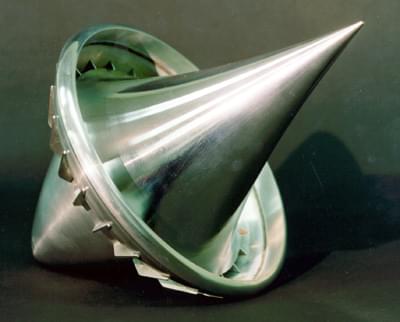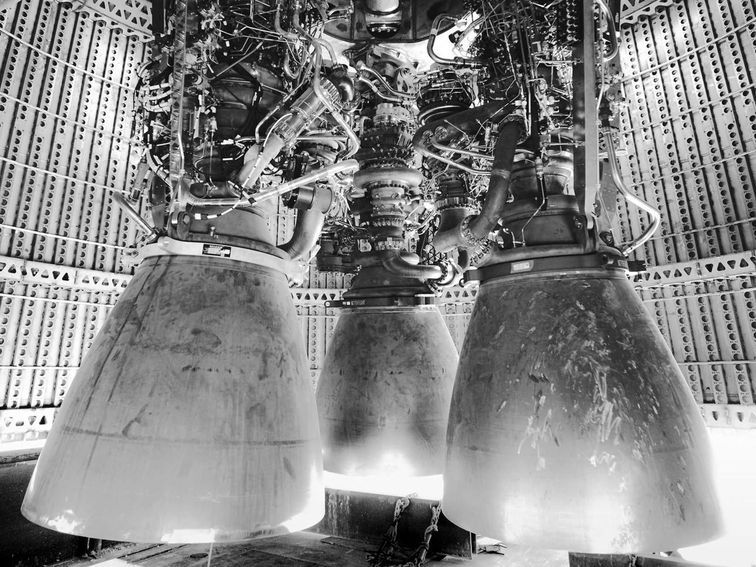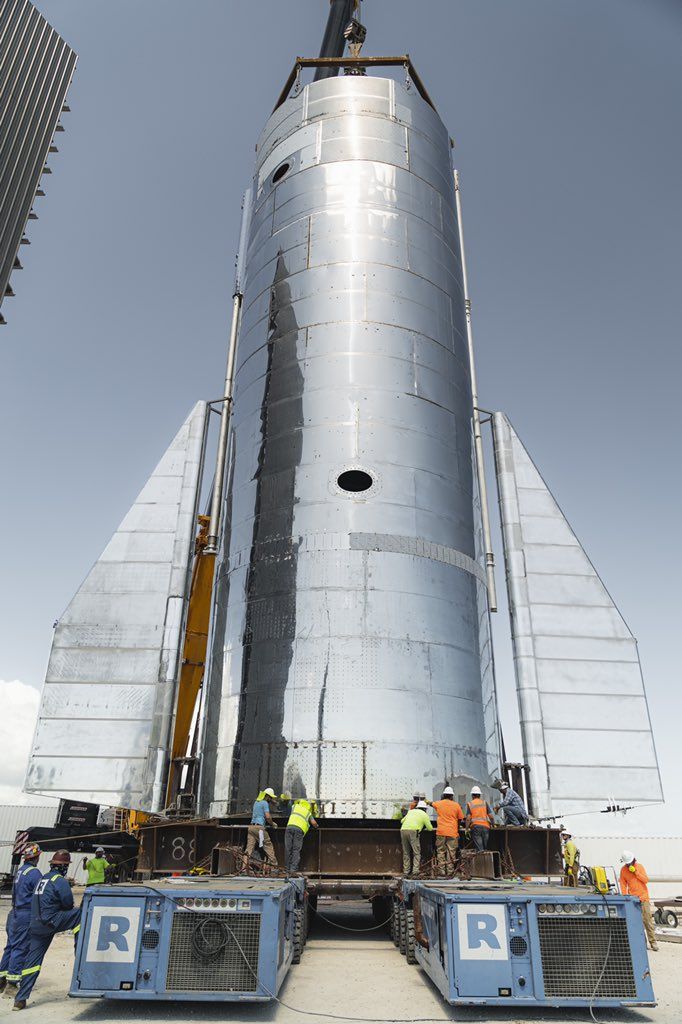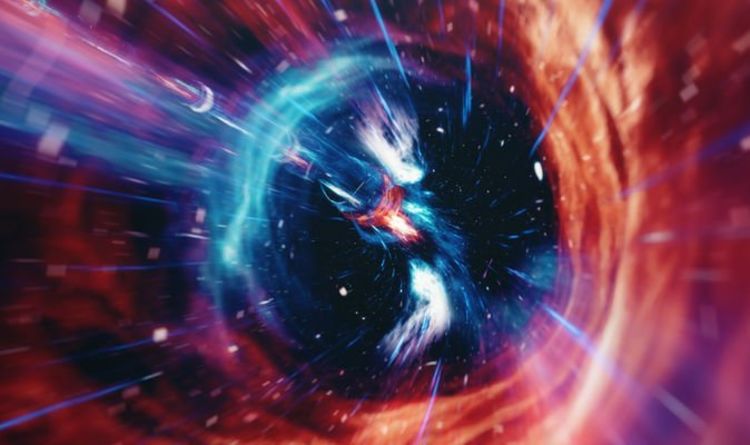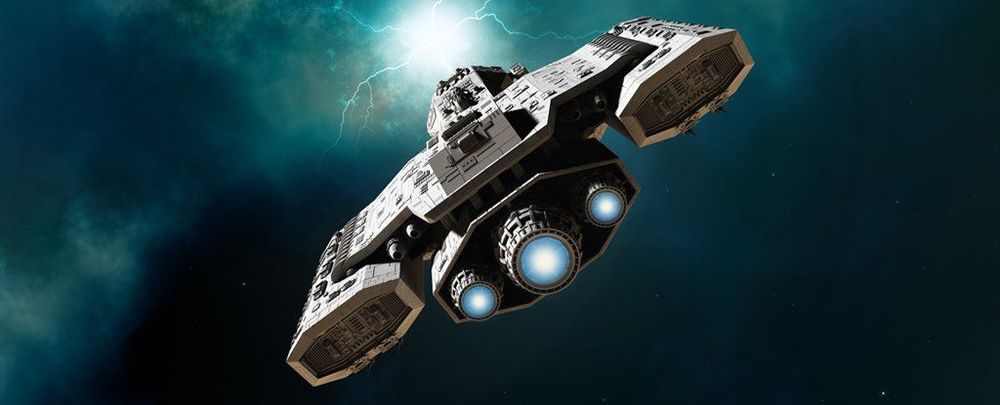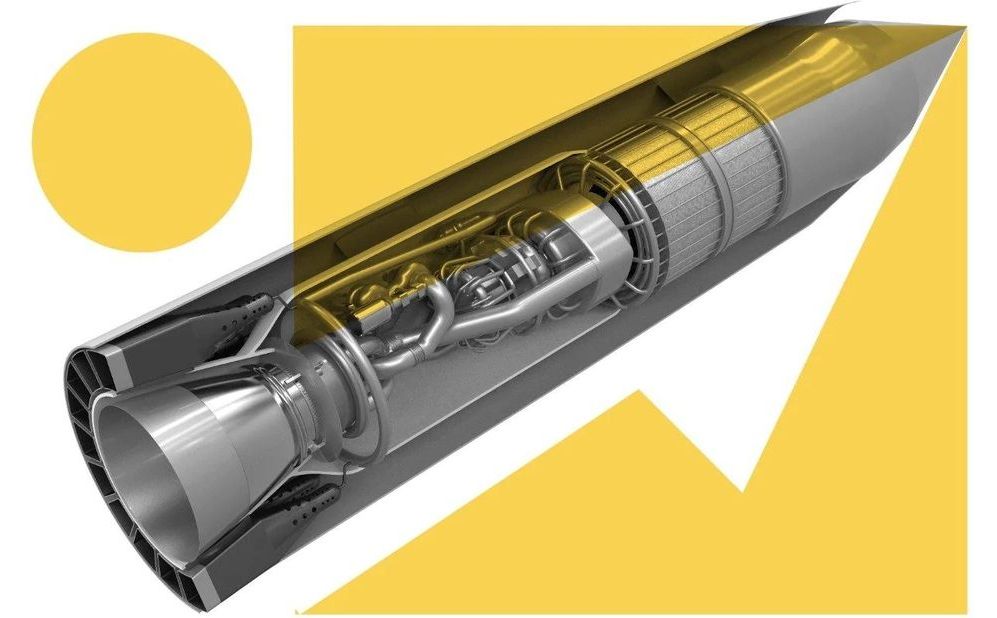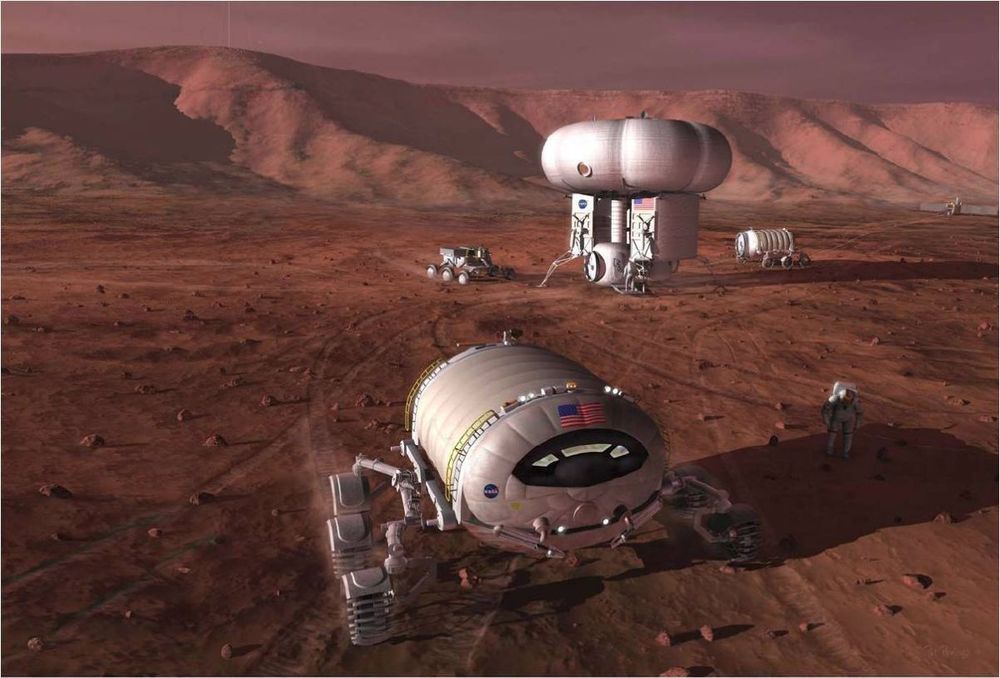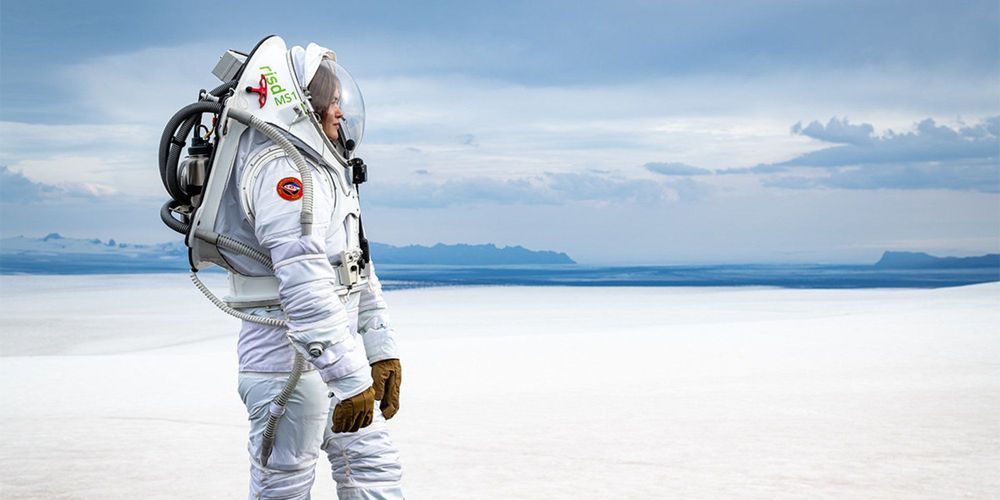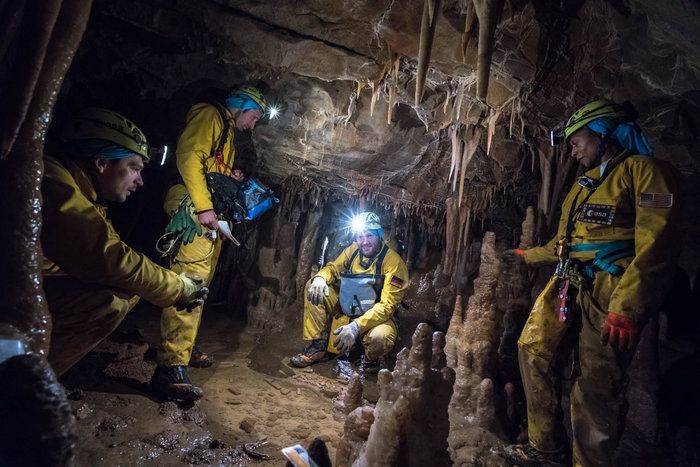
There is never a dull day for participants of the CAVES campaign, ESA’s field training adventure that hones the communication, problem solving and teamwork skills an international crew will need to explore the tough, uncharted terrain of the Moon and Mars.
This week six astronauts turned ‘cavenauts’ from five space agencies headed underground in Slovenia, where they are currently living and working for the week. To keep the element of exploration, astronauts themselves do not know the exact location.
The goal is to run scientific experiments while managing the psychological toll of being in an extreme environment with a multinational crew.
